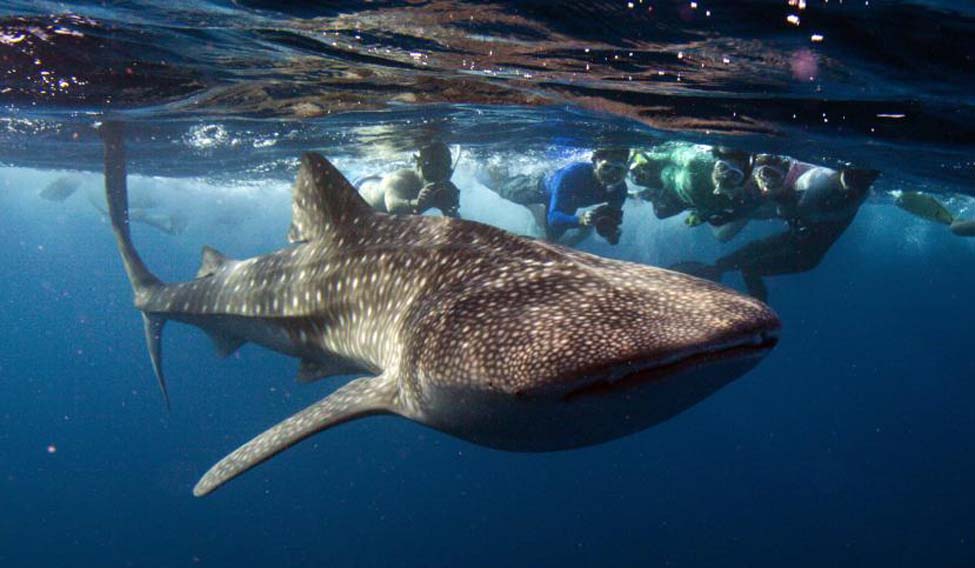The largest creatures are often the most benign. While its much smaller (in size) cousin, the great white shark, has a formidable reputation as a killer, the whale shark is a gentle giant (remember the docile, lovable 'Destiny' in Finding Dory?).
The largest species of fish in the world, it is only a filter feeder, which means it uses its grate-like dental makeup to filter out plankton and smaller marine life from seawater for its diet.
Alas, the whale shark slipped in the International Union for Conservation of Nature and natural resources (IUCN) list from vulnerable to endangered last year. Dipping populations were a concern even earlier, when in 2008, at an international conference on whale sharks, it was decided to observe August 30 as whale shark day, in an effort to raise awareness and step up conservation of the species.
This year, the Wildlife Trust of India (WTI) is thrilled with an extraordinary achievement and it will mark 220 days of tracking one whale shark with satellite telemetry. Sajan John of the WTI said that this was the seventh such aquatic creature they had attempted tagging, and while they lost track of others within 20 to 45 days for various reasons, this particular whale has been blipping on their screens for 220 days, its journey revealing a gold mine of data.
It was caught in a net off the Gujarat coast. The very fact that it was tagged and released is an achievement, because along this coast, where whale sharks are quite abundant, the locals were once engaged in fishing it for its liver, fins, and flesh. Today, they are sensitised in conservation issues. Getting a regulation passed that allowed fishermen who netted a whale shark to release it and claim compensation for the net which was destroyed has helped.
This individual, a female, has covered over 5,500km since it was tagged, moving from Sutrapada in Gujarat to the coast of Somalia. "Right now it is somewhere near Maldives and seems to be headed back towards the Indian coast,'' said John. WTI is calling it the longest migratory movement of a whale shark recorded from the Indian subcontinent.
The importance of studying its movements is manifold. It will provide information about where the whale shark rests, what path it prefers. Conservation efforts can become more specific, and other countries can also be roped in.
Interestingly, the whale shark has no name in Gujarati lingo; locals simply called it barrel. This was an allusion to a practise of harpooning whale sharks using barrels at the other end of the harpoon. The bouyant barrels prevented the sharks from diving into the water, thus, after a struggle of 30 to 40 minutes, the shark would give up. Activists, in 2004, began referring to the shark as vhali, a local term for a dear or beloved person.



